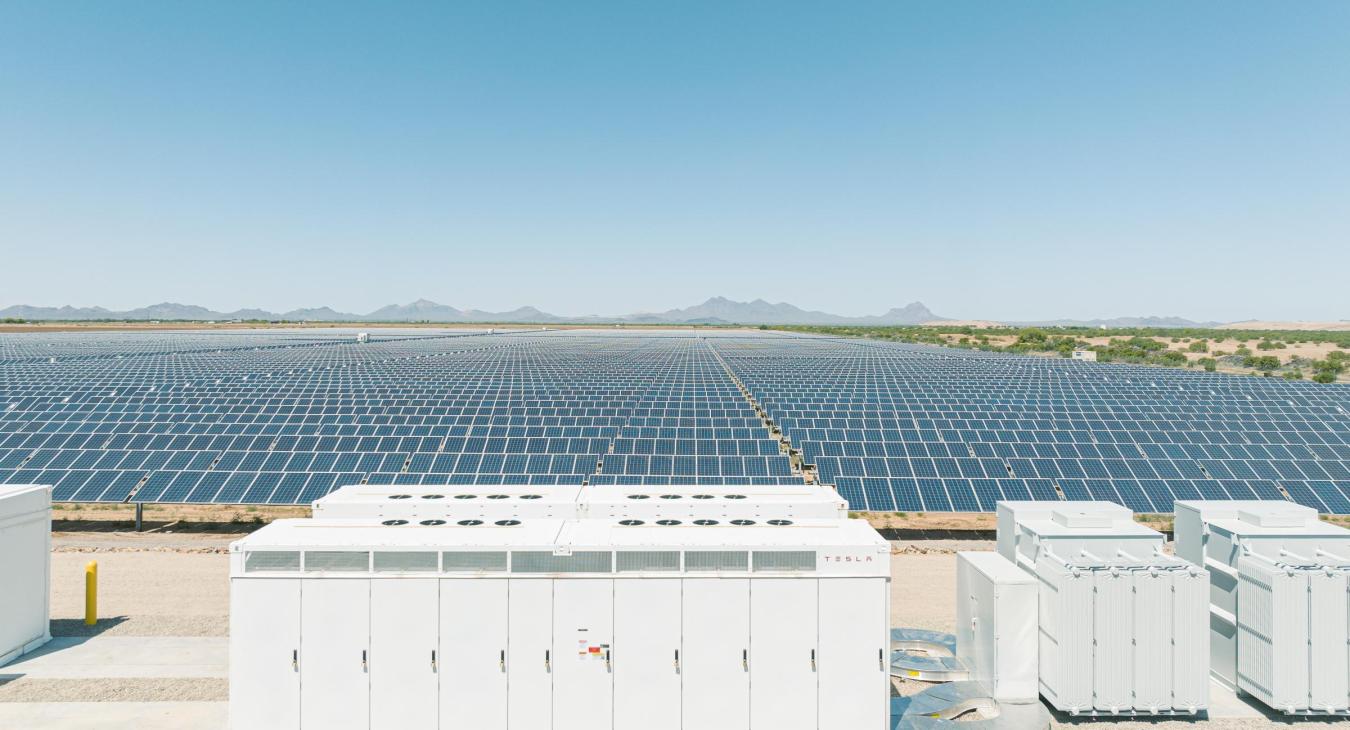In an ever-changing energy landscape, public power districts and electric cooperatives are on the cutting edge of delivering reliable, resilient power to the local communities they serve. Rural electric utilities utilize a variety of generation and grid technologies to provide power, including battery energy storage––but not all battery storage systems are the same, and understanding the key differences between each is important.
Utility-scale battery systems are designed for large-scale energy storage to support the electric grid, requiring high initial investments but offering significant long-term savings and benefits. In contrast, residential battery systems cater to individual homes, providing more energy independence and savings while still representing a significant investment.
Utility-Scale Battery Storage
Utility-scale storage systems are large installations designed to store vast amounts of electricity. Typically connected to the grid, these systems can store power generated from both conventional and renewable energy sources, with capacities ranging from several megawatt-hours (MWh) to gigawatt-hours (GWh).
While most battery storage system projects are developed with a primary application in mind, they can also be optimized for multiple applications, which adds significant additional value.
Utility-scale storage systems could play a crucial role in grid stabilization by absorbing excess energy during periods of low electricity demand and releasing it during peak demand, which is particularly beneficial in rural areas where demand can fluctuate significantly.
Public power districts and electric cooperatives can also deploy utility-scale storage systems at electric substations to enhance grid resilience and ensure a steady supply of electricity as needed. In the event of a power outage, utility-scale storage systems can provide backup power to critical infrastructure, such as hospitals and emergency services.
Residential Battery Storage
Residential battery storage systems are compact installations designed for individual homes, typically ranging from a few kilowatt-hours (kWh) to tens of kWh in capacity. Often paired with residential solar panels, these smaller systems allow homeowners to store excess energy generated during the day for use later at night or during power outages, providing a level of energy independence.
By utilizing stored energy, homeowners can reduce their energy bills and ensure a steady supply of power, even during grid disruptions and outages, enhancing the resilience of rural households. However, the initial cost of purchasing and installing a residential storage system can be expensive, which may deter some homeowners.
Rural electric utilities are increasingly recognizing the benefits of residential battery storage. These systems not only support grid stability and resilience, but also help reduce costs for utilities and their consumers. Some utilities offer energy storage programs and rates, which means homeowners can contribute to a more efficient and reliable energy system. This benefits the entire community.
As public power districts and electric co-ops navigate the complexities of modern energy supply, the strategic deployment of both utility-scale and residential battery energy storage systems can play a transformative role.
By understanding the unique advantages and challenges of each type of system, rural electric utilities and their consumers can make informed decisions that enhance grid reliability, reduce costs, and improve resilience for their communities.

